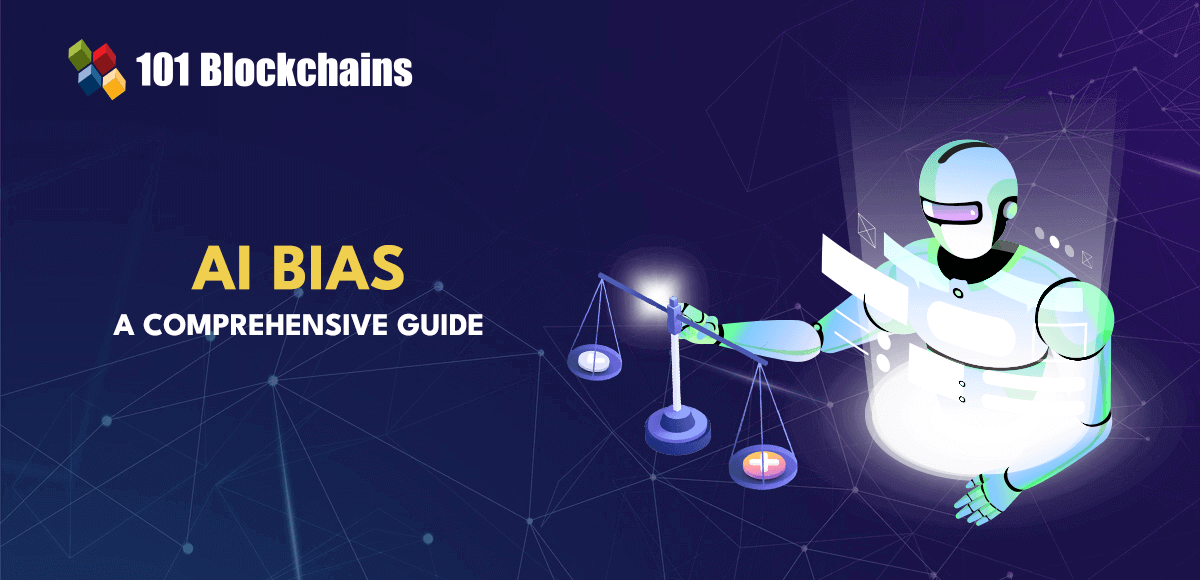Hybrid cloud examples, applications and use cases

To keep pace with the dynamic environment of digitally-driven business, organizations continue to embrace hybrid cloud, which combines and unifies public cloud, private cloud and on-premises infrastructure, while providing orchestration, management and application portability across all three.
According to the IBM Transformation Index: State of Cloud, a 2022 survey commissioned by IBM and conducted by an independent research firm, more than 77% of business and IT professionals say they have adopted a hybrid cloud approach. By creating an agile, flexible and scalable computing environment, hybrid cloud offers valuable use cases for businesses to accelerate growth and gain a competitive advantage.
What is hybrid cloud?
A hybrid cloud environment consists of three basic components:
- On-premises (also referred to as “on-prem”) is a traditional form of computing that involves an organization running and managing computing resources, networking, storage and software on hardware and servers at its own physical location, such as in an office building or at an on-premises data center.
- Public cloud is a form of cloud computing where a third-party cloud service provider (CSP)—e.g., Amazon Web Services (AWS), Google Cloud Services, IBM Cloud or Microsoft Azure)—hosts public cloud resources like individual virtual machines (VM) and services over the public internet. Services and management tools include the following:
- Private cloud is a cloud computing environment where all resources are isolated and operated exclusively for one customer. Private cloud combines many benefits of cloud computing with the security and control of on-premises IT infrastructure.
Initially, hybrid cloud computing focused on incorporating portions of on-premises data into private cloud infrastructure and then connecting that infrastructure to public cloud infrastructure hosted off-premises by third-party cloud providers, such as AWS. This was accomplished using a packaged hybrid cloud solution like Red Hat® OpenShift® or middleware and IT management tools to create a single API or dashboard. This ‘single pane of glass’ gave IT teams a unified view of their applications, networks and systems.
Today, hybrid cloud architecture has expanded beyond physical connectivity and basic cloud migration to offer a flexible, secure and cost-effective environment that supports the portability and automated deployment of workloads across multiple environments.
Hybrid cloud vs. multicloud
Hybrid cloud is frequently confused with multicloud, which refers to using cloud services from more than one cloud vendor. A multicloud environment helps prevent vendor lock-in, which can result in technical incompatibilities, legal restrictions and excess costs tied to using just one vendor.
It’s important to note that modern hybrid cloud architecture has evolved to where hybrid cloud and multicloud settings work in sync with each other. Most modern enterprise businesses have adopted hybrid multicloud environments, which combine the integration of public cloud, private cloud and on-premises infrastructure, along with public or private cloud services from at least two cloud service providers.
The modern hybrid cloud platform
A unified hybrid cloud platform plays an important role in application modernization—the software approach that allows developers to transform monolithic applications into microservices focused on specific business function. Microservices are an architectural approach in which a single application comprises many loosely coupled and independently deployable smaller components, or services. These applications are then deployed in containers—lightweight packages of software comprised only of the application code and virtualized operating system dependencies needed to run in any environment depending on the workload. A container orchestration platform—usually Kubernetes—then automates that deployment across hybrid cloud and multicloud environments.
Additionally, modern hybrid cloud environments no longer require physical locations to “connect,” as they did when organizations ran private clouds exclusively on-premises. In contrast, these environments are now often hosted in off-premises data centers, on virtual private networks (VPNs), virtual private clouds (VPCs) or on rented infrastructure from third-party providers.
Six common hybrid cloud use cases
Workloads, infrastructure and processes are unique to each enterprise. To that end, a hybrid cloud—or hybrid multicloud—strategy allows organizations to customize solutions to meet their specific technical demands and business needs.
Here are six compelling use cases that demonstrate how hybrid cloud adoption delivers significant business benefits.
1. Digital transformation
Regarding digital transformation, a hybrid cloud setting provides multiple ways to modernize IT infrastructure specific to each workload. Let’s look at a couple of scenarios.
A recent jump in cloud computing demands took place during the COVID-19 pandemic. Businesses needed to modernize their IT infrastructure and create more resilient business operations to handle supply chain disruptions, accommodate remote working and optimize e-commerce service, and they turned to hybrid cloud to meet these sudden needs.
In relation to remote work, a hybrid cloud solution allows organizations to migrate sensitive data to their private on-premises servers while making key applications and services on the public cloud accessible to any employee in any location. This creates the flexibility, security and availability needed for employees to gain secure access to corporate resources and share tools like work management platforms to collaborate inside and outside the organization.
Financial institutions are part of a heavily regulated sector that still relies to a degree on legacy systems (e.g., mainframe-based platforms) to deal with a large amount of sensitive data. A hybrid cloud solution provides a flexible alternative way for banks to isolate this data by hosting applications on industry-compliant public clouds and storing sensitive information on-premises in their private cloud. Hybrid cloud also enables DevOps methodologies for banks to rapidly build customized solutions on software applications that streamline banking operations and deliver better customer experiences (e.g., fast and secure mobile banking apps).
2. Disaster recovery (DR)
Disaster recovery (DR) involves IT technologies and best practices designed to prevent or minimize data loss and business disruption resulting from catastrophic events. Potential disasters include equipment failures, natural disasters, power outages, cyberattacks, civil emergencies or military attacks. A DR strategy is widely considered mandatory for many workloads in most organizations.
A hybrid cloud strategy frequently includes a cloud-based disaster recovery plan. Such a plan involves housing systems and data in a private cloud and backing up that infrastructure on a public cloud. If a disaster strikes, the organization can quickly and smoothly move workloads to the public cloud with minimal disruption and continue running business applications.
Many of today’s cloud providers offer cloud management services, such as Disaster Recovery-as-a-Service (DRaas). This service allows organizations to back up their data and IT infrastructure and host them on a third-party cloud provider’s infrastructure. In the event of a catastrophe, the cloud provider can implement and orchestrate the company’s DR plan to ensure business continuity.
3. Development and testing (dev/test)
A hybrid cloud environment offers clear advantages for developing and testing applications as there is no need to purchase and set up on-premises physical hardware. DevOps teams frequently use public cloud platforms and other services, such as cloud storage, to host development projects. Compared to launching a testing environment in a private cloud, a dev/test approach in a public cloud offers cost-savings, flexibility and faster time to market. Once a team has developed an application in the public cloud, they may decide to migrate it to a private cloud environment, based on business needs or security factors.
Building and testing in a public cloud setting can also help advance an organization’s overall application modernization strategy, aiding in developing and testing microservices architecture designed for monolithic legacy applications.
4. Cloud bursting
Many companies deal with dynamic workloads prone to rapid spikes in resource demands (e.g., an e-commerce website during a holiday sale). Here’s where cloud bursting, a hybrid cloud deployment technique, comes in. A cloud burst is a configuration between a private cloud and public cloud that uses load balancing to redirect traffic overflow. When a private cloud has reached 100% capacity, external workloads that would otherwise overwhelm an organization’s private servers “burst” to external third-party cloud services.
Besides avoiding interruption to business applications during sudden workload surges, cloud bursting can free up local resources for other applications and reduce capital expenditures tied to on-premises infrastructure costs.
5. Edge computing
Edge computing is a distributed computing framework that places computer workloads as close as possible to data sources (e.g., IoT devices). Edge computing has many business applications, ranging from predictive maintenance on a factory floor to in-hospital patient monitoring.
Edge computing has become a critical part of hybrid cloud architecture especially as endpoints, applications and data become more distributed. Edge computing— and mobile edge computing on 5G networks—keeps compute capacity closer to endpoints, resulting in low latency and high bandwidth availability.
A modern hybrid cloud strategy combined with edge computing creates a seamless end-to-end solution that allows for the flexibility to run applications in private or public data centers and on the edge, bringing compute resources to end users, IoT devices, etc. In instances that require low-latency data transfer—such data analytics in self-driving vehicles or for real-time retail customer insights—hybrid cloud enables select infrastructure and application services at the edge.
6. Hybrid cloud and AI
Artificial intelligence (AI) continues to transform how businesses function by streamlining processes, increasing efficiency and reducing costs. By leveraging AI, businesses can automate repetitive tasks to free up their workforce, reduce errors and improve decision-making. A hybrid cloud environment forms a critical foundation for AI capabilities, including generative AI, which has become a top priority for enterprises worldwide.
The large language models (LLMs) associated with generative AI demand enormous computing power to process high volumes of data in an environment that supports security and rapid scalability. A hybrid cloud architecture enables businesses to scale computing resources on demand and allocate resources during peak usage periods.
Data privacy, data security and cyberthreats are chief concerns with generative AI and LLMs. A hybrid cloud environment provides companies with the flexibility to store and process sensitive data locally in a private cloud setting, thus safeguarding information from outside threats and ensuring regulatory standards are met.
Advantages of hybrid cloud
A hybrid cloud strategy provides the following benefits:
- Agility: A unified hybrid cloud platform helps organizations easily adopt agile DevSecOps (development, security and operations) methodologies, eliminating bottlenecks and speeding time to market.
- Scalability: Businesses can scale up quickly, automatically and inexpensively in response to unexpected traffic spikes using hybrid cloud.
- Security and compliance: A hybrid cloud infrastructure lets organizations control how and where they place data storage and workloads based on security and regulatory compliance needs.
- Business continuity: In the event of a surge in web traffic or a network outage, a hybrid cloud architecture allows businesses to continue operations with minimal interruption.
IBM and hybrid cloud
The operational demands on organizations today are increasingly complex, which is why a seamless and connected IT infrastructure remains a critical business imperative. The IBM Transformation Index: State of Cloud revealed a strong link between hybrid cloud adoption and progress in digital transformation, with 71% of those surveyed stating they believe it’s difficult to realize the full potential of a digital transformation without having a solid hybrid cloud strategy in place.
Modern hybrid cloud architecture continues to offer powerful use cases for overall business transformation and innovation that are in lockstep with broader IT strategies, such as the integration of generative AI. As a leading global provider of hybrid cloud solutions, IBM is helping clients gain powerful data-driven insights, streamline business processes, enforce cloud security measures and save costs.
Drive real business transformation with hybrid cloud solutions
IBM’s cloud consulting services can accelerate a unified hybrid cloud and generative AI journey



